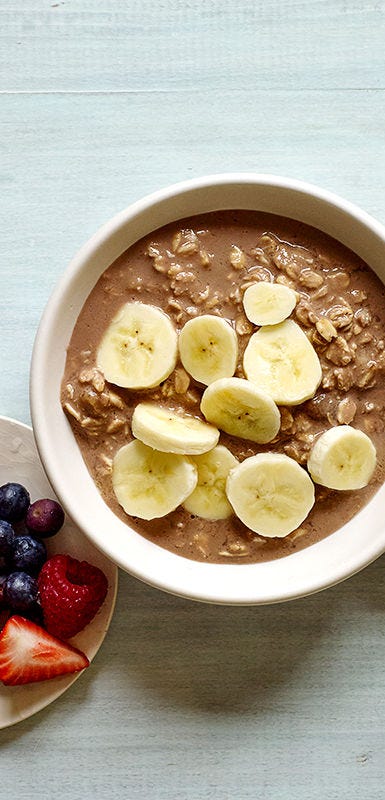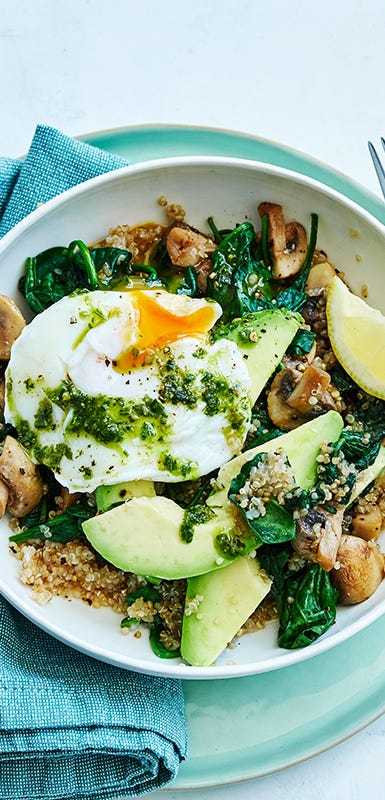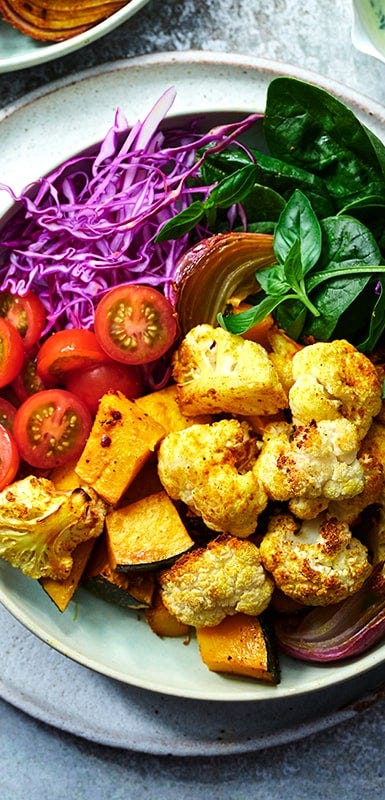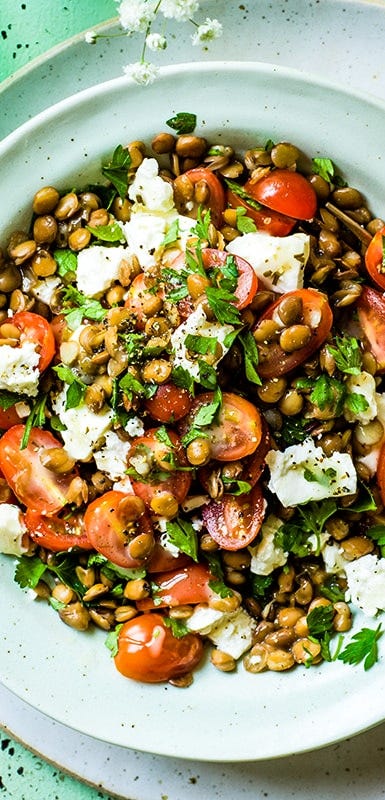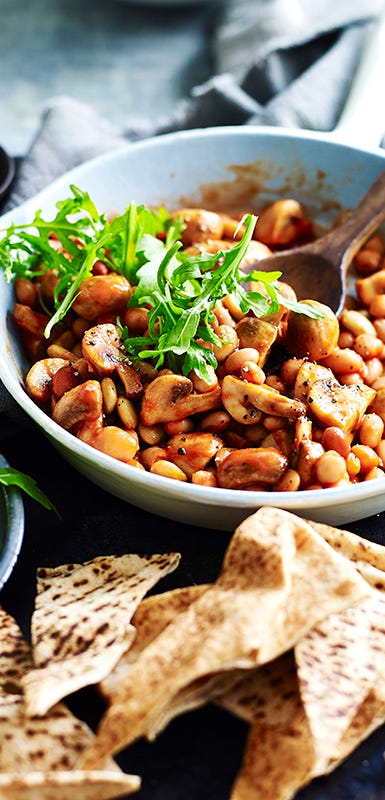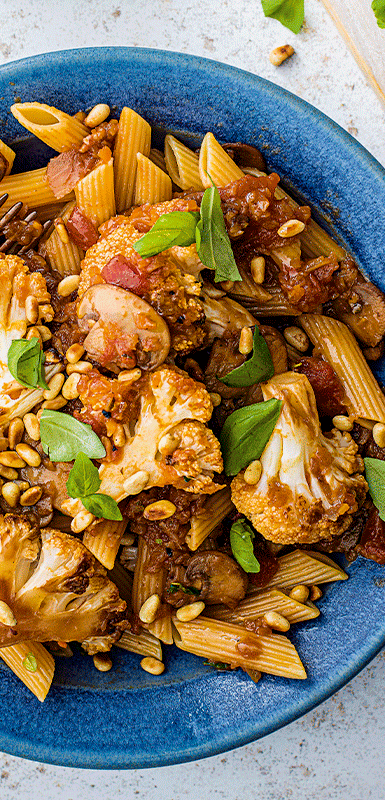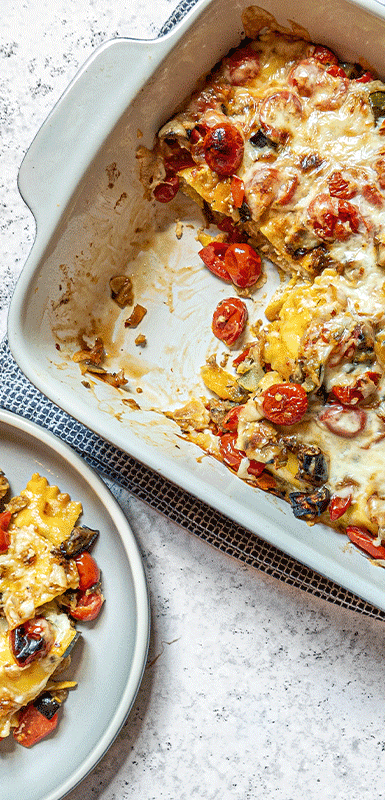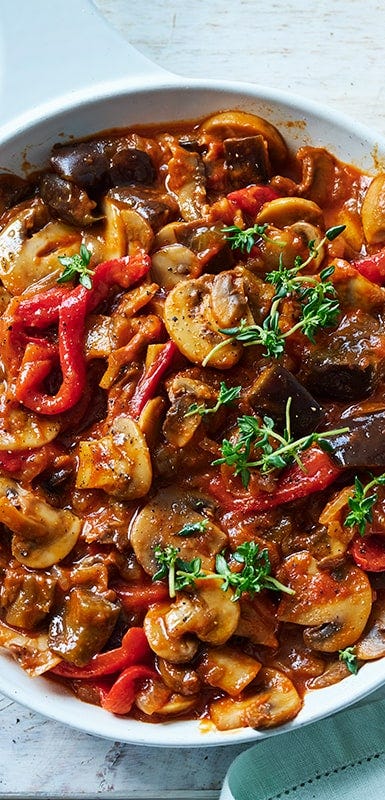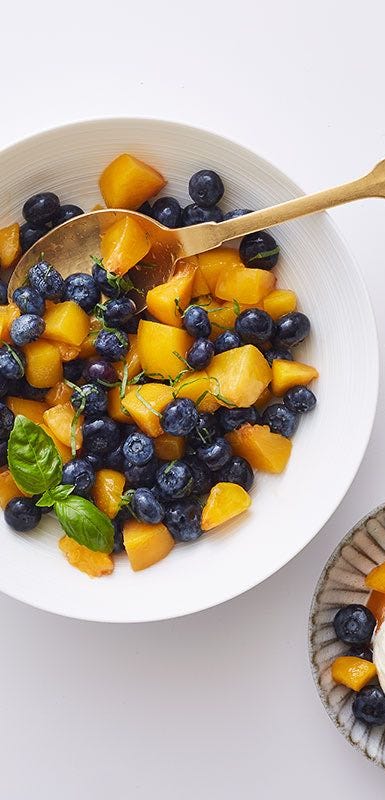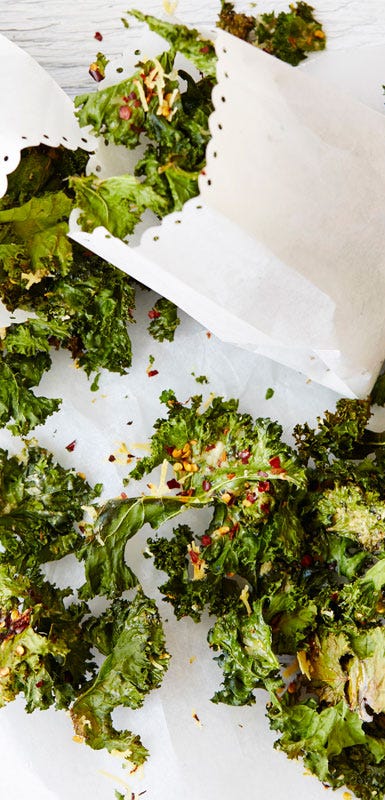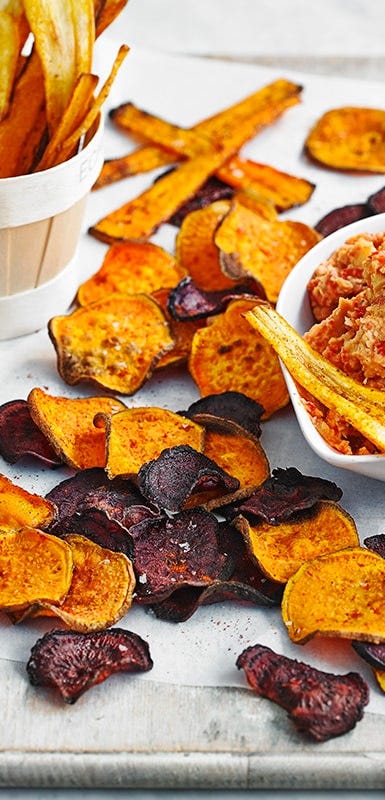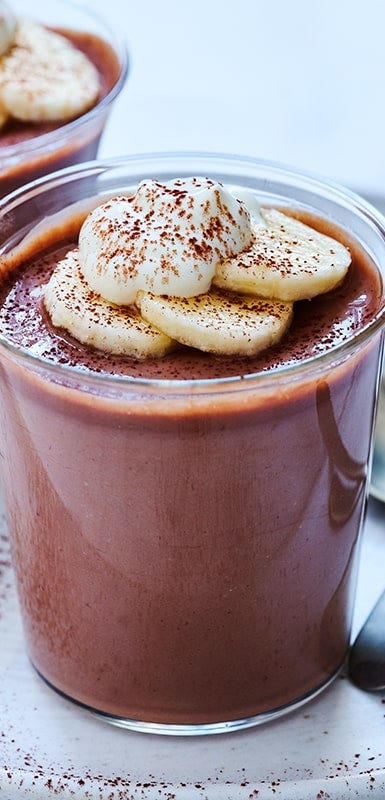What is plant-based eating—and should you try it?
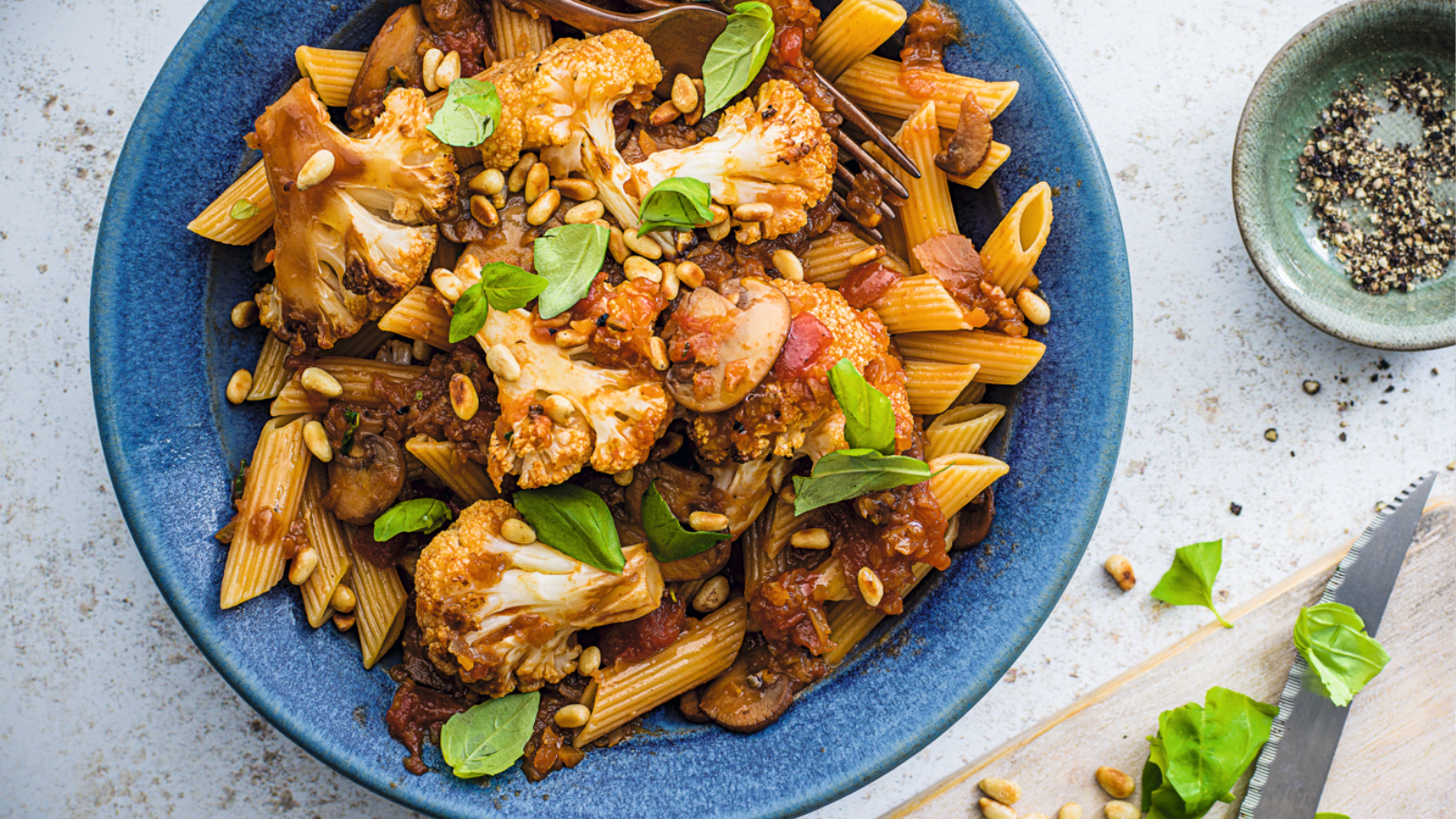

With plant-based foods now gaining serious mainstream momentum, WeightWatchers® spoke to some nutrition experts to give you the lowdown. Here, they explain what “plant-based eating” really means, offer a closer look at the health research on this dietary approach, and share some simple, delicious ways to adopt a more plant-forward diet starting today.
What exactly *is* plant-based eating?
True to its name, plant-based eating generally describes a diet that’s rich in edible plant parts (think: fruits, veggies, grains and legumes), as well as food products derived from plants—anything from peanut butter and olive oil to veggie burgers and dairy-free ice cream. Plant-based diets tend to be low in meat and other animal products. Some people who follow a plant-based diet steer clear of animal-derived foods altogether.
There are several different dietary patterns that fall under the umbrella of plant-forward eating. Some of these patterns include:
- Vegan: plant foods
- Vegetarian: plant foods, dairy, eggs
- Pescatarian: plant foods, dairy, eggs, fish, shellfish
- Semi-vegetarian (or flexitarian): plant foods, dairy, eggs and occasional fish, seafood, meat or poultry
Is plant-based eating the same as being vegetarian or vegan?
Not necessarily. While plant-based foods are the stars of this popular eating approach, lots of plant-forward eaters still enjoy some meat, eggs, and/or dairy, says registered dietitian Jaclyn London. You definitely don’t have to go vegan or vegetarian—only if you want to! If you are considering making a major change to your diet, you should chat with your doctor first to make sure your nutritional bases are covered, London says.
What foods can you eat on a plant-based diet?
Plant-based eating isn’t a formal regimen or set of rules; it’s more about the act of centring plants in your meal planning. “This eating style emphasises real, wholesome foods that are plants themselves or derived from plants to help you to rethink the way you build your plate,” London says. Building blocks typically include vegetables, fruits, wholegrains, beans, and legumes, with support from healthy-fat sources like nuts, seeds, avocado, and plant-derived oils.
As mentioned, packaged foods (such as snacks, meal starters, and dairy swaps) often play a role in plant-based eating, as well. Just be sure to read labels carefully, London says. She suggests opting for items “with whole foods as the first ingredient—soybeans, chickpeas, black beans, lentils, nuts, or seeds—and prioritising those that contain no more than 300 mg of sodium and 2 grams of saturated fat per serving.”
Are there health benefits to plant-based eating?
Plant-based eating shows promise for supporting good health—and maybe even a longer lifespan.
A large 2019 analysis in the Journal of the American College Of Cardiology found that adults who ate a mostly plant-based diet were 41 per cent less likely to be hospitalised with heart failure during a nearly nine-year period compared with people whose diets were high in processed meats. Further research is needed to figure out cause and effect. This adds to earlier published research suggesting that adults who eat little to no meat tend to have healthier blood pressure readings than avid carnivores.
While the above studies don’t mandate swearing off all animal products, separate research of vegan and vegetarian diets may offer additional clues about the power of plants. A meta-analysis published in the Critical Reviews in Food Science and Nutrition, identified a reduced incidence of cancer with meat-free eating, while another meta-analysis from the same year concluded that vegetarian diets may reduce a person’s risk of developing type 2 diabetes.
Is a plant-based diet healthier than other diets?
Despite the positive findings, WeightWatchers’ experts advise against making blanket statements. "Not all plant-based options are created equal," says registered dietitian Angela Goscilo. This eating style often encourages consumption of foods rich in vitamins and minerals, while being lower in saturated fat and sodium, but it doesn't guarantee balanced nutrition, she notes. After all, hot chips are also plant-based.
This conclusion is supported by a study published in the Journal of the American College of Cardiology. Researchers tracked over 200,000 people for more than two decades and found that those who followed "healthful" plant-based diets—emphasising wholegrains, fruits, vegetables, nuts, legumes, and oils—had a lower risk of developing coronary heart disease compared to those who followed "unhealthful" plant-based diets high in added sugars and refined grains.
Can you lose weight on a plant-based diet?
It’s possible, but there’s no evidence to suggest that plant-based diets impart special weight-loss powers, London says. Ultimately, weight loss requires a caloric deficit. Whether a person loses weight by amping up plant intake depends to some extent on the foods they were eating before.
That said, adding more plants to your diet usually is a smart idea. Compared with animal-derived foods, plant-based foods tend to be lower in total and unsaturated fats, London says. Plant-based foods tend to be higher in fibre, and some (such as beans) also are high in protein, making them a satisfying choice for people trying to lose or maintain weight. Many ZeroPoint foods also align with a plant-based style of eating—non-starchy veggies, corn, fruits, legumes, tofu, and tempeh.
How do you start a plant-based diet?
Plant-based eating doesn't have to mean overhauling every meal; it simply means enjoying more plant-based foods whenever you can. London’s advice is to start where you are. Think about the dishes and snacks you already enjoy, and then look for ways to bring more plants into the picture—say, by replacing meat with a plant-based protein at dinner, or stirring fresh berries into your breakfast yoghurt. “Aim to have at least half your plate coming from plant-based sources,” London says.
Plant-forward eating strategies
There are many ways to incorporate more plants into your eating routine. Here are some suggestions to help you get started:
- Choose fruit at snack time. Pair fruit with 99% fat-free Greek yoghurt, cottage cheese or nut butter for a plant-forward option.
- Start your next spicy stir fry with a tofu base.
- Try a veggie packed bolognese style pasta sauce.
- Lean on lentils - try a Shepherd's pie that features lentils as the star of the show or make a tasty lentil soup.
- Make a trendy ‘Buddha Bowl’ using baked tofu and a host of your favourite veggies and salad.
- Substitute cauliflower! Nowadays, you can find cauliflower crust for pizza, cauliflower rice, and even cauliflower buffalo wings!
- Sprinkle nuts and seeds on top of a fruit salad.
Need some more inspo? The following delicious recipes put plants at the forefront.


